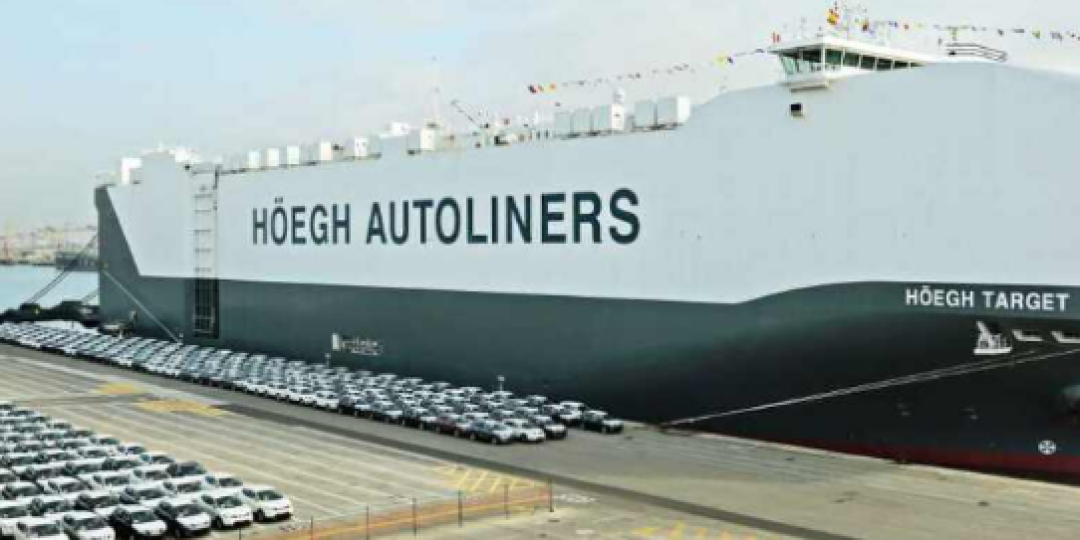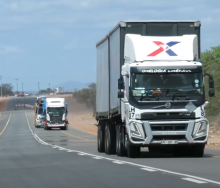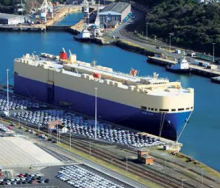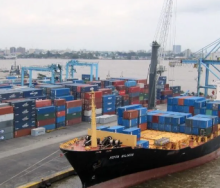New vehicle sales for the first month of the third quarter have hit the ground running, with the highest domestic sales month of the year, including the highest passenger car sales month since October 2019, according to the latest stats released by naamsa | The Automotive Business Council.
“The stronger performance in the new vehicle market in October, and in particular the volume passenger car segment reflecting its highest monthly growth over the past five years, bodes well for signs of the new vehicle market slowly turning, said naamsa CEO Mikel Mabasa. Aggregate domestic new vehicle sales in October, at 47 942 units, reflected an increase of 2 506 units, or a gain of 5.5%, from the 45 418 vehicles sold in October 2023.
Although strongly supported by seasonal sales to the vehicle rental industry, passenger car sales represented a key indicator of consumer sentiment, he said.
“Positive indicators of further potential growth include an easing in annual consumer inflation for a fourth consecutive month to 3.8% in September, the lowest level since March 2021, when the rate was 3.2%. In addition, petrol prices were at the lowest point in nearly three years, creating some breathing space for households. “Consumers and businesses could also look forward to the start of an interest-cutting cycle over the next 18 months, which cumulatively would begin to positively impact some level of relief in expensive debt and provide a stimulus to market sentiment.”
Exports, however, have not fared as well.
Export sales have spiralled downwards, decreasing by 17 324 units, or a massive 42.6%, to 23 342 units in October compared to the 40 666 vehicles exported in October 2023.
For the first 10 months of the year, exports are 23.1% below the corresponding period in 2023.
The downward slide reflects declining exports to Europe, the domestic automotive industry’s top export region, accounting for three out of every four vehicle exports.
“Growth in the European Union stood at 0.3% after three quarter 2024, with Germany projected to end 2024 with a 0.2% contraction,” said Mabasa.
A model change by a major local OEM, stricter emissions regulations in the region, as well as an influx of cheaper electric vehicles from China have all impacted on vehicle exports to the region.
He believes an easing of monetary policy in key export markets could see the vehicle export momentum turning positive again over the medium term.













